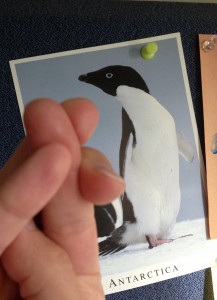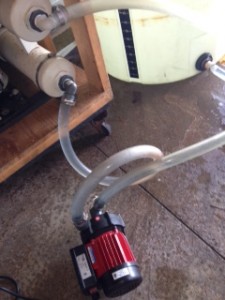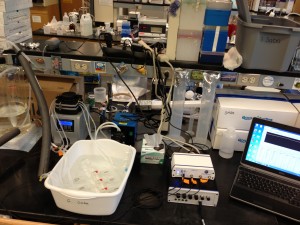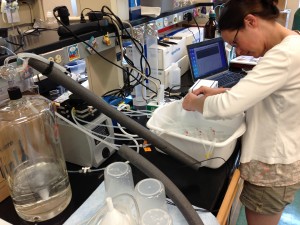The government shutdown has affected many people in different ways. Now, even Antarctic researchers are feeling the brunt of it. We have been told that if the shutdown persists, field programs scheduled for this season at the U.S. field stations (including Palmer Station) may be cancelled. You can read and hear more about this here:
https://pri.org/stories/2013-10-07/us-government-shutdown-could-reach-far-antarctica
Cancellation of Antarctic research programs are not simple and certainly not without a cost. Many of us have already shipped all of our equipment down to the field stations (this is not cheap). Some of our field teams are already down there, waiting to work, but may have to turn right back around and head home. Our logistics contractor may run out of money by the end of the week and will no longer be able to support the staff we so heavily rely upon to coordinate our shipping, travel, and research. And last but certainly not least, our long term ecological research (LTER) program at Palmer Station, which has been collecting annual data for over two decades, will lose an entire year of data. This is tragic – and in a region that has seen drastic climate change impacts, including the precipitous decline of the Adélie penguins, missing a year of data makes it all the more so.
With fingers crossed, we are anxiously awaiting word this week from the National Science Foundation (which is still furloughed…)






